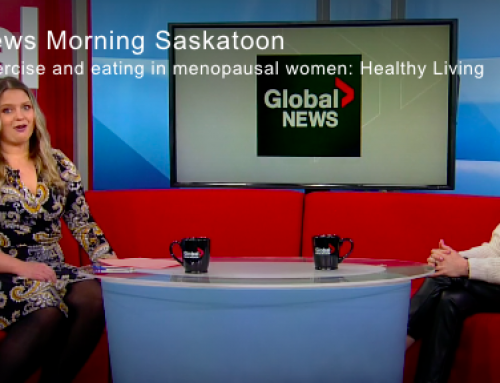In today’s blog post, Dr Kahlen Pihowich shares tips for better digestion and describes what he calls “Thanksgiving Syndrome”:
With Thanksgiving just around the corner, it’s the perfect time of year to talk about meal-time mindfulness.
This is something I talk about with a lot of my patients, and can make some drastic differences in your health from abdominal discomfort to vitamin/mineral deficiencies.
You can’t digest a steak if you’re running from a puma.
So our Autonomic Nervous System (ANS) is, as it’s name suggests, the thing that manages out automatic functions such as breathing, digestion, organ function, and blood flow. (The things you typically don’t have to think about doing) So our ANS has two states: Sympathetic (Fight or Flight) and Para-sympathetic (Rest and Digest) which act as opposing states in our bodies.
Rest and Digest
When we’re in rest and digest blood flow goes primarily to our organs that are essential for digestion, reproduction, detoxification, and parts of our brain that are more creative and emotive. When we’re in fight or flight our blood flow goes primarily to our skin, muscles, lungs, sensory systems, and parts of our brain that deal with fast-reaction so we can make split decisions.
Digestion and Meal Time Routines
How this plays into our day-to-day is in our meal-time routines. We sometimes (or often) watch Netflix or the news with supper, or drive or text while eating our breakfasts. It’s becoming easier and easier to focus on something other than your meal while you’re eating. When you do this you’re sending mixed messages to your ANS: if the news is troublesome, or the program is exciting we’re signaling our system to be alert, while at the same time trying to put food into your system for digestion.

This means there’s less much needed mucous, acid, and enzymatic secretion along with our meals if we’re not supporting our rest-and-digest state. This puts us at risk of gas, bloating, poor bacterial growth in our colons, and certain nutrient deficiencies (even if those nutrients are in our food!). This is a very common occurrence in people with anxiety, for obvious reasons.
Slow it down! Be Present With Your Food

Thanksgiving Syndrome
The easiest and best thing we can do for ourselves is to slow down, and be present with our food. I tell my patients a lot about something I call “Thanksgiving Syndrome” which is a good example of the para-sympathetic state: You’re hungry, surrounded by (hopefully) relaxed family, you can smell and see food, your mouth is watering, and your tummy is grumbling. All of the signals are in place for digestion, and it’s ready to go!
This is the optimal state for digestion.
On a day-to-day basis just taking an extra 30-60 seconds to look at and smell your food can start those digestive signals, and not distracting yourself from your meal with things that excite or stimulate you can make all the difference.
Try it for a week and see what happens!
If you’re still having some trouble, think you might need more nutrition, or just want a second opinion, come and see us at True Potential Health!





